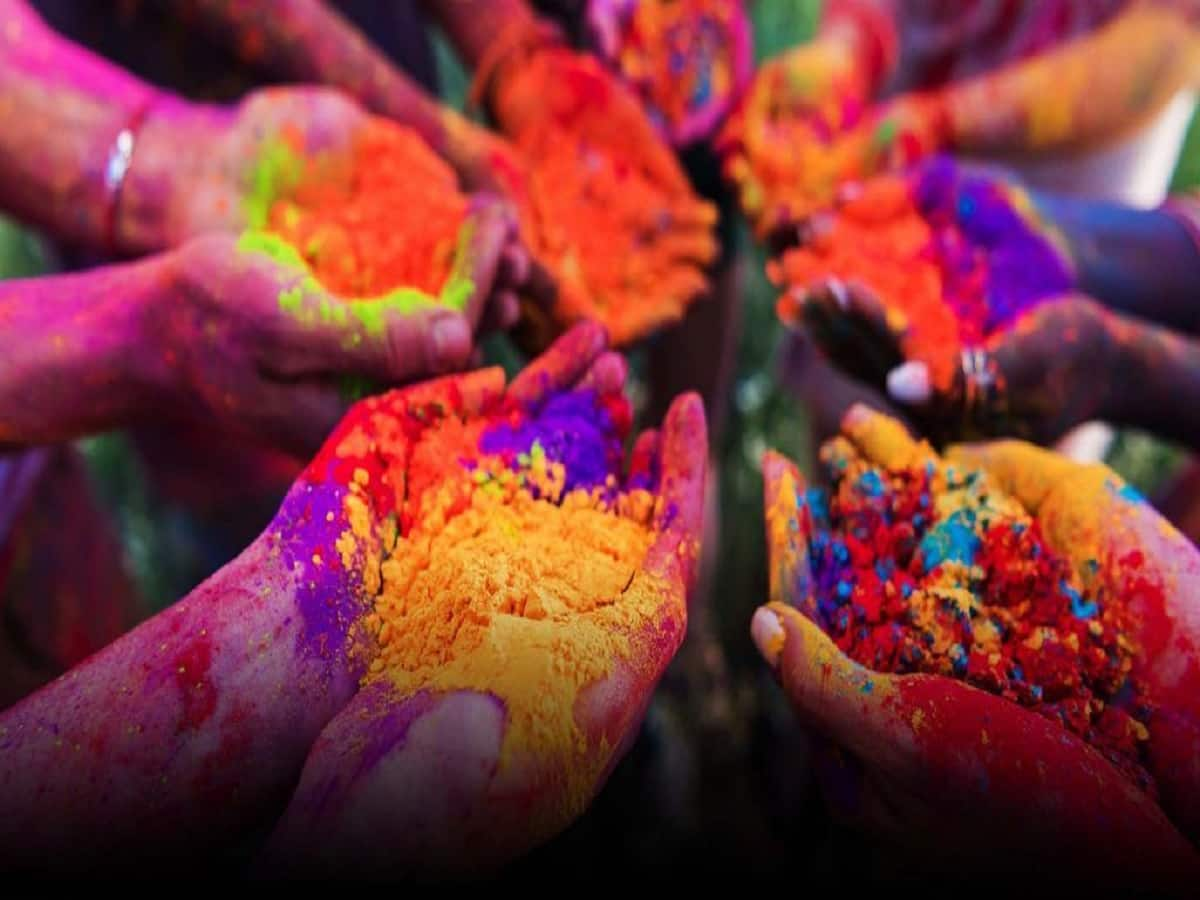Gallery
Photos from events, contest for the best costume, videos from master classes.
 |  |
 |  |
 | |
 |  |
 |  |
 |  |
In this blog post, we will explore the environmental impacts of Holi and discuss actionable strategies to minimize these impacts, ensuring a more sustainable and eco-friendly celebration. Environmental Impacts of Holi 1. Water Wastage. One of the significant environmental impacts of Holi is the massive amount of water wastage during the festival. During the world-famous Holi festival, people throw and smear each other with a colored powder (Holi color, Holi powder, Gulal powder). Until now, adverse health and environmental effects (skin The most celebrated ‘ Holi’ is in the Braj region, in locations connected to the Lord Krishna: Mathura, Vrindavan, Nandagaon, and Barsana. Bonfires are lit on the eve of the festival, also known as ‘Holika Dahan’ (burning of Holika) or ‘Chhoti Holi’ (little ‘ Holi’ ) after which prayers are offered. ‘ Holi’ is Bad Effects of Holi festival on the Environment. No doubt Holi is one of the important festivals widely celebrated in India but it has some bad effects on the environment. Let’s read them one by one: Air Pollution. As per tradition, in celebration of Holika Dahan i.e. bonfire which contribute to deforestation. During Holi festival Carbon Holi, the festival of colors, is not only a celebration of love, joy, and togetherness but also an occasion deeply rooted in nature and the environment. However, the modern-day festivities have witnessed a shift from the traditional use of natural colors derived from plants and flowers to chemical-laden synthetic colors, posing significant Holi 2025: The vibrant festival of colours, will be celebrated across the country on March 14. The air is filled with joy and the playful throwing of colourful gulal. However, due to the harmful effects on both skin and the environment caused by adulterated gulals, many people shy away from celebrating Holi. The festival of ‘Holi’ is proving to be an environmental risk due to the toxic colors used during the celebrations. Unlimited and uncontrolled use of such dyes can lead to grave consequences in terms of human health and ecological balance. These colors are highly structured polymers and are very difficult to decompose biologically. – Call-to-action and FAQs for a greener Holi. Environmental Impact of Holi Celebrations. 1. Synthetic Colors One of the major environmental concerns associated with Holi is the widespread use of synthetic colors. These colors are often made using harmful chemicals like lead, mercury, and chromium, which can pollute water bodies and soil. Holi is the festival of colours, joy, and togetherness, marking the arrival of spring. But while the vibrant celebrations are a feast for the senses, they often take a toll on the environment. From chemical-laden colours to water wastage and plastic litter, conventional ways of celebrating Holi can harm both nature and health. Given its impact on the environment, it is essential to consider finding ways to celebrate a festival full of happiness but harmful to our Earth. People Are Celebrating Holi Festival So, let’s talk further about the definition of eco-friendly Holi and the disadvantages of celebrating the festival without considering the environmental impacts. Celebrating Holi sustainably is about enjoying the festival while caring for our health and the environment both. Our expert team of artisans since last five years has been handcrafting Holi colour powder (Gulaal) from 100% natural ingredients such as edible arrowroot powder, flower and vegetable stains and pure essential oil for fragrance. Although the negative effects of Holi may sound frightening, there are many ways to celebrate the festival without polluting the environment or causing harm to others. Here are some eco-friendly Holi ideas that you can try this year including using organic colors, not using plastic bags or balloons, celebrating with flower petals, and keeping This Holi, be mindful of animals. Avoid chemical colours and loud noises to ensure a safe and joyful festival for all. Ahead of Holi, the animal protection organisation, Humane World for Animals India (formerly Humane Society International/India) has urged citizens to celebrate a compassionate Holi No doubt Holi is one of the important festivals widely celebrated in India but it has some bad effects on the environment. Let’s read them one by one: Air PollutionAs per tradition, in celebration of Holika Dahan i.e. bonfire which contribute to deforestation. During Holi festival Carbon Dioxide, Carbon Monoxide, Particulate matter levels go high which causes poor air quality. Also on this Purchase Natural Holi Colors. For those who do not have the time to make their own colours, there is the choice of buying natural Holi colours. Several groups are now producing and promoting such colours, although it is important to verify the ingredients of the colours and ensure you know enough about the source. Principal Cynthia clarified that no order has been given to ban Holi but students have been asked not to celebrate with colours in school. She said that Holi celebrations will be held with flowers in school on March 12. "Students are excited about celebrating Holi. But we did not want them to get distracted but to complete their exams first. Holi is a Hindu festival celebrated in spring that symbolizes the victory of good over evil. It originated from the story of the demon king Hiranyakashipu and his daughter Holika. People celebrate Holi by throwing colored powders and water at each other, dancing, singing, and enjoying festive foods. Some popular places to celebrate Holi in Celebration of festivals can be divided as national, religious or occasional celebrations.[2] Life of people in the country also depends on the celebrations. Social and religious combination with the nearby populace is also occurred during festival celebration. No celebration in India is finished without a dining experience.
Articles and news, personal stories, interviews with experts.
Photos from events, contest for the best costume, videos from master classes.
 |  |
 |  |
 | |
 |  |
 |  |
 |  |